Electric cars are four roads to the future
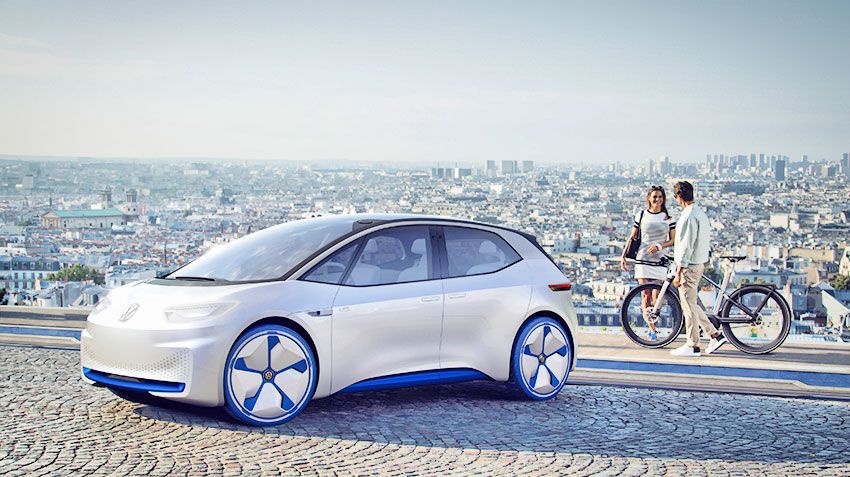
16 January 2019
Will the startups to overthrow traditional automakers at the expense of electric cars?
Automotive analyst Csicop Wozniak site carbatasalebase.com made an interesting attempt to look into the future the growing power of electric vehicles. He believes that electric cars have at least four areas of development for the near future.
After more than two decades after, in 1996, in limited offer sale: GM EV1 – the first battery electric vehicle (BEV) the modern age produced the world's leading OEM automobile manufacturer General Motors, the electric car is finally quite firmly said about himself and do not intend to withdraw from the automobile market, but rather only still further to extend and expand hard-won their foothold.
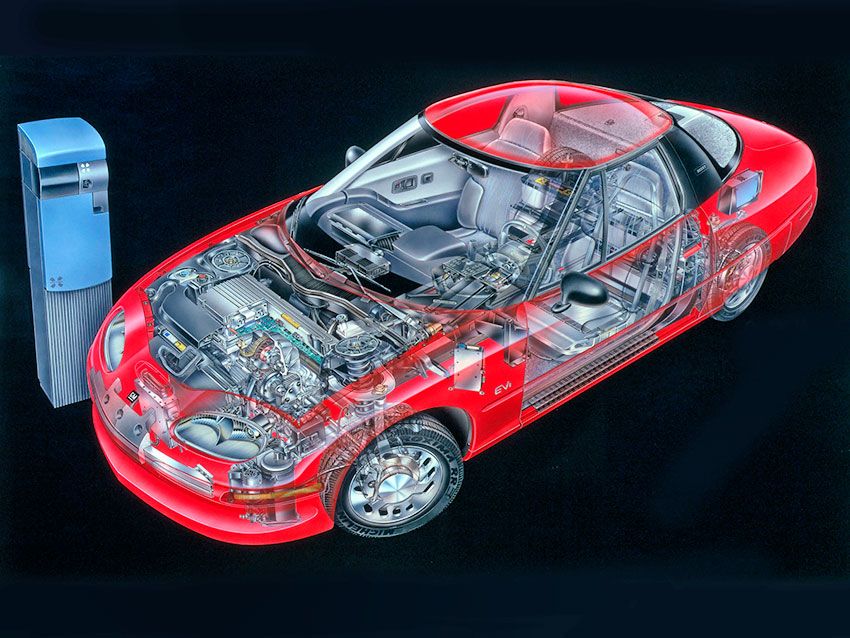
The device of the electric vehicle GM EV1
Moreover, the current impressive success of such electric vehicles as the best-selling Tesla Model S, Model X and Model 3, the Nissan LEAF and the Renault Zoe, as well as stricter environmental standards for vehicles in many developed countries, suggests that electric cars will replace cars with internal combustion engine in the near future.In light of this, almost every self-respecting automobile manufacturer in the market is trying to figure out how to convey to consumers a new product – an electric car, so it was cost-effective, desirable thing of owning and convince customers to choose the model and the brand, not the proposals of competitors. The following are the four main ways of development, which can elect in the near future the current brands and will try to analyze the pros and cons of each approach.
1. Electric (converted) versions of existing models brands
Examples:
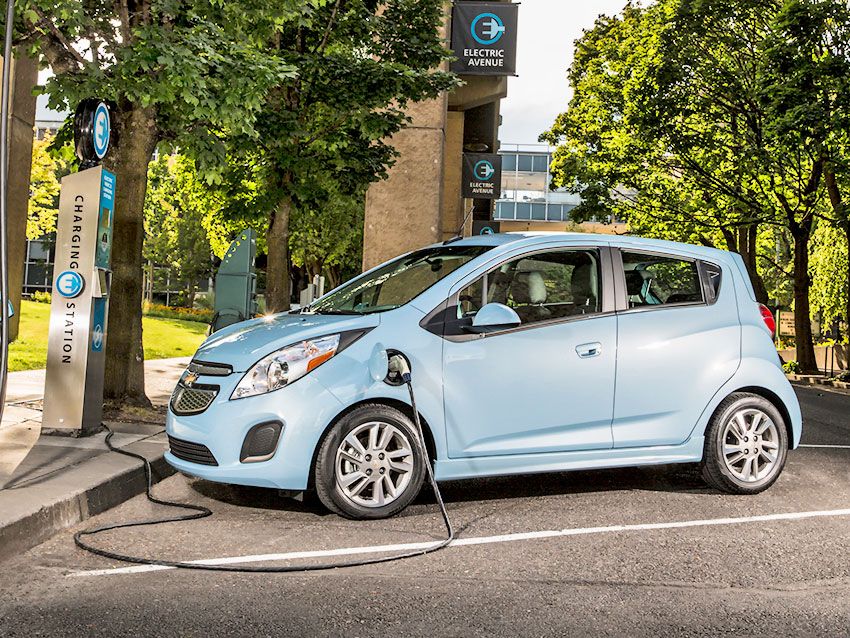
Chevrolet Spark EV (M300)
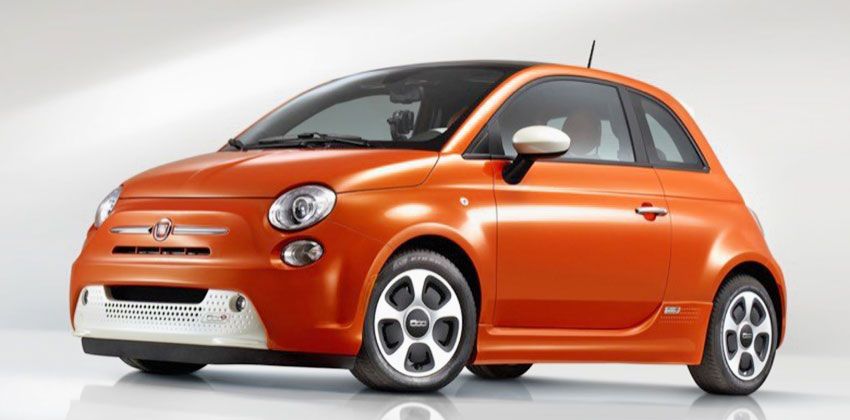
FIAT 500e
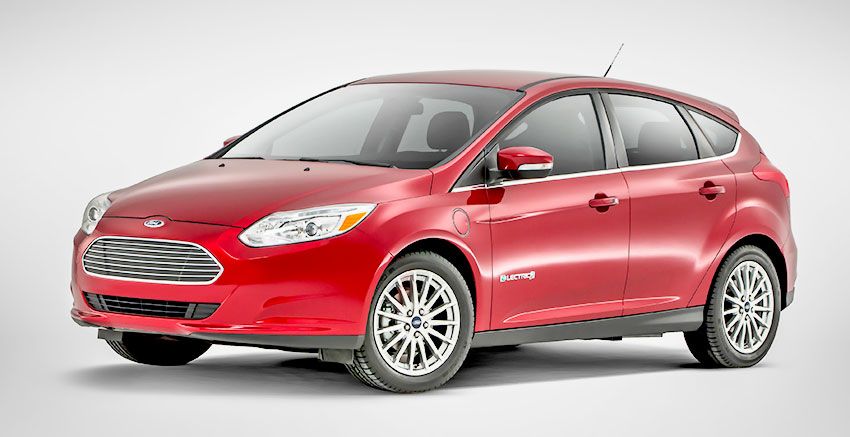
Ford Focus Electric
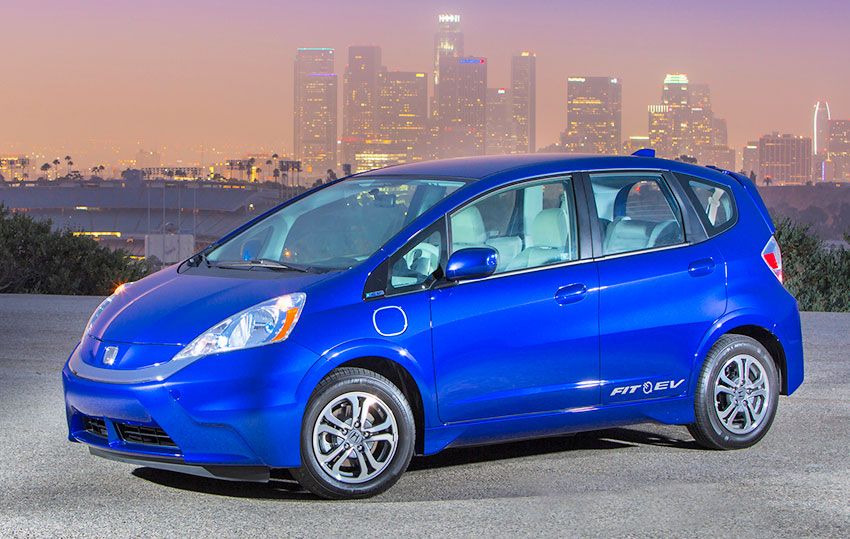
Honda Fit EV

KIA Soul EV MkI

Mitsubishi i-MiEV
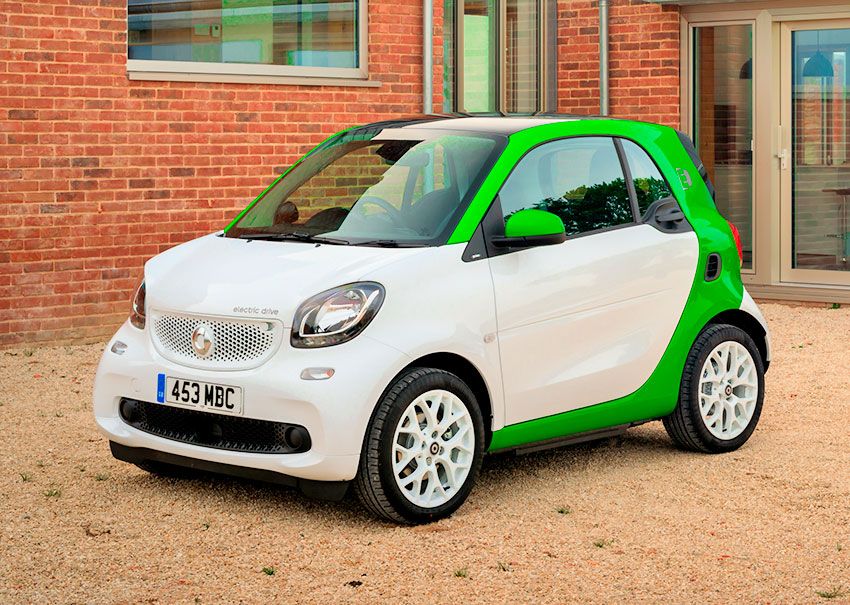
smart fortwo coupe electric drive prime MkII
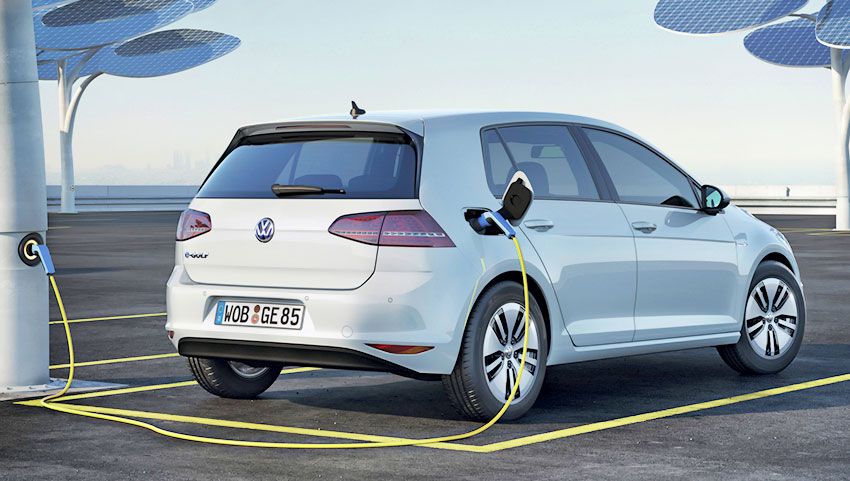
VW e-Golf (Typ 5G)
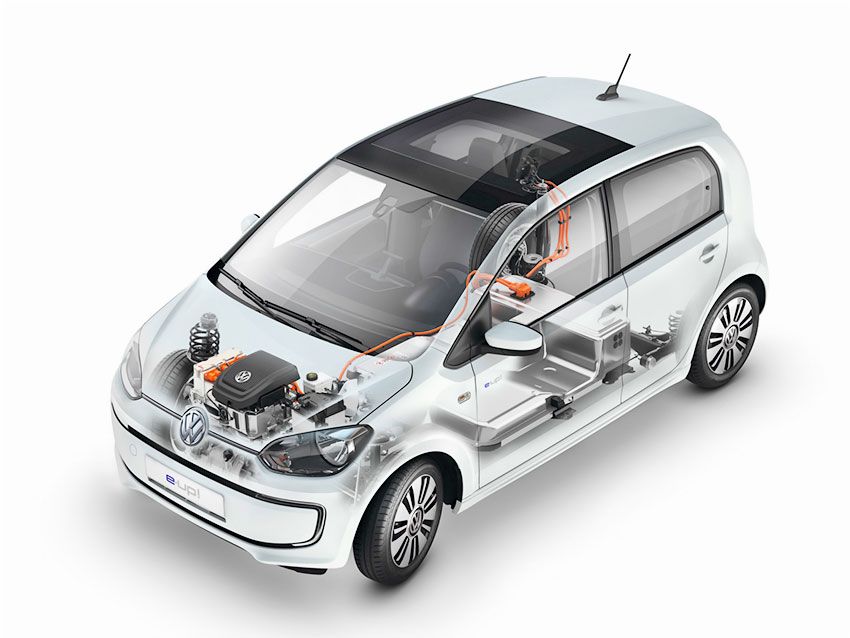
Device Volkswagen e-Up!
The first of the four ways may seem very simple but actually it is not so simple from the engineering point of view, because electric powertrains require features that are radically different from the components of the power plants used in traditional gasoline and diesel vehicles (ICE). The reason manufacturers choose to do this, probably, is not so much in savings associated with the use of serial body from the current model (i.e. the conversion) as not to lose conservative customers who prefer to make their electric cars look inside and out, and went as like a normal car ICE. Although electric vehicles in this category and became the first modern BEV, but currently they are the most massive of their kind, and most OEM vehicles on offer today in its model range, at least one of an electric version of the ICE models. However, most of these converted electric cars seem to have only a relatively moderate success and the prospects for them are quite vague, so from issue of elektrowerke Smart Coupe and VW Beetle manufacturers have already refused.2. The Autonomous model of an existing brand on a common enterprise platform with a traditional design
Examples:
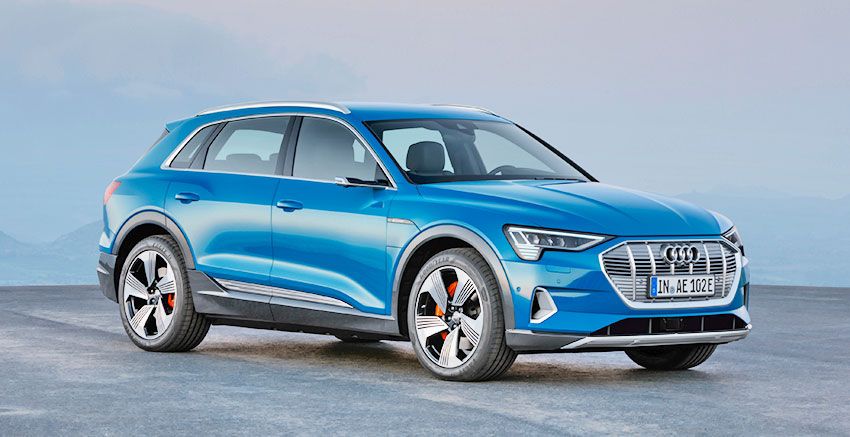
Audi e-Tron
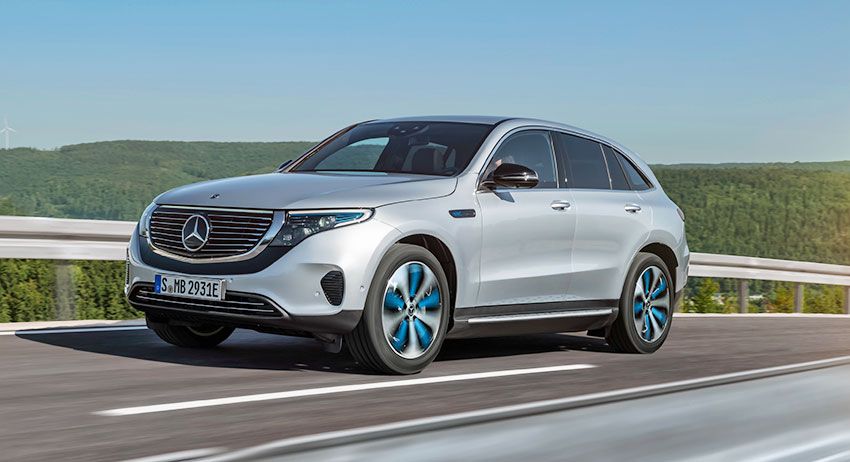
Mercedes-Benz 400 4matic EQC
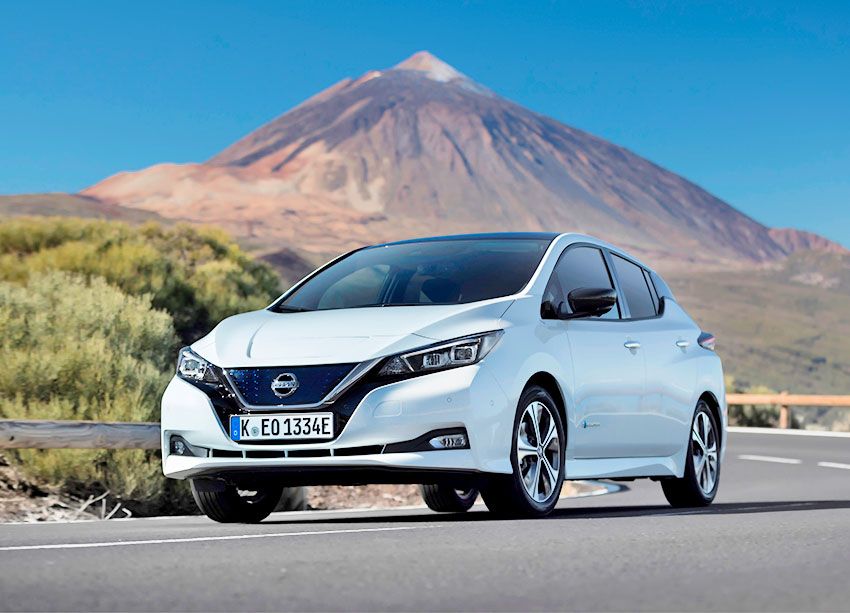
Nissan LEAF MkII
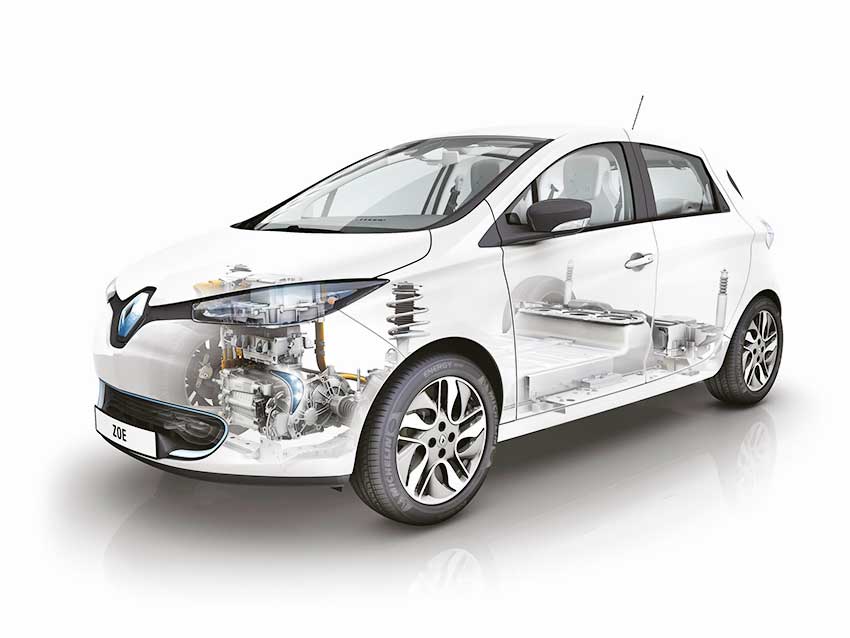
Device Renault Zoe Z. E.
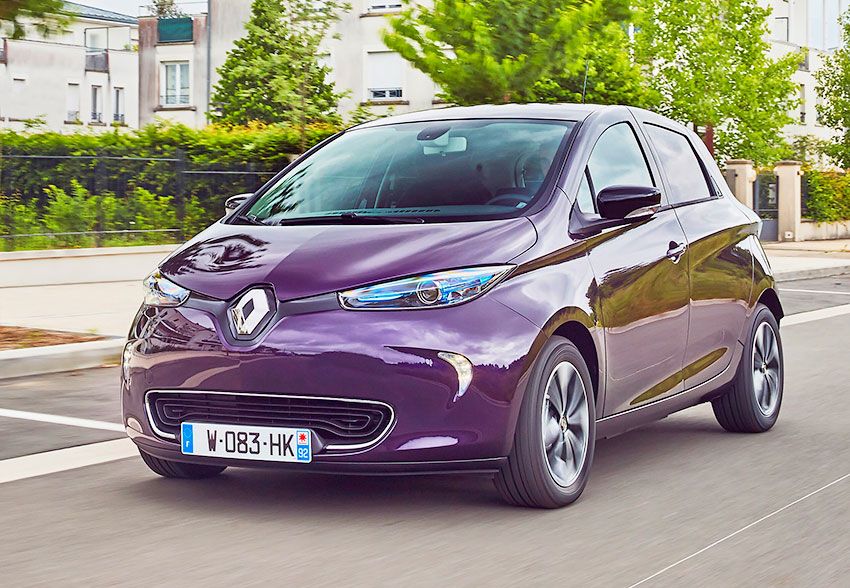
Renault Zoe Z. E. 40
Instead to offer an electric version of an existing model, i.e., the conversion, some manufacturers instead prefer to develop a new original model, based on serial platforms that are used on their base models ICE. This is the path, which was followed by Nissan when they decided to develop a global electric vehicle LEAF on the platform shared with the Pulsar model, and the Renault company, when instead of developing the banal Clio EV electro hatchback costs she has developed a unique model Zoe. Both of these models today, perhaps, are the most successful on the market with electric cars (except Tesla), the volume of sales in Europe in 2018, which amounted to about 40 thousand the Nissan LEAF and more than 30 thousand in the Renault Zoe. It seems that the main investment of the car manufacturers are today developing and marketing these unique models. Of course the fact that, apparently, also think Audi and Mercedes-Benz as both the automaker's premium prefer to develop their first mass cars on existing platforms, but offer them as original models, along with its traditional models (possibly, the e-Tron more than complements the range Audi, being intermediate in dimension electrocreaser between traditional crossovers Q5 and Q7 than electrocreaser EQC for the Mercedes-Benz lineup which is too similar to the model GLC and GLC Coupe). The disadvantage of sharing the platform supports the fact that electric cars do not receive all possible benefits from the unique platform and are often forced to either above and(or) longer than the original ICE, and less dynamic than they are.3. The original model of the existing brand, a unique platform and design
Examples:
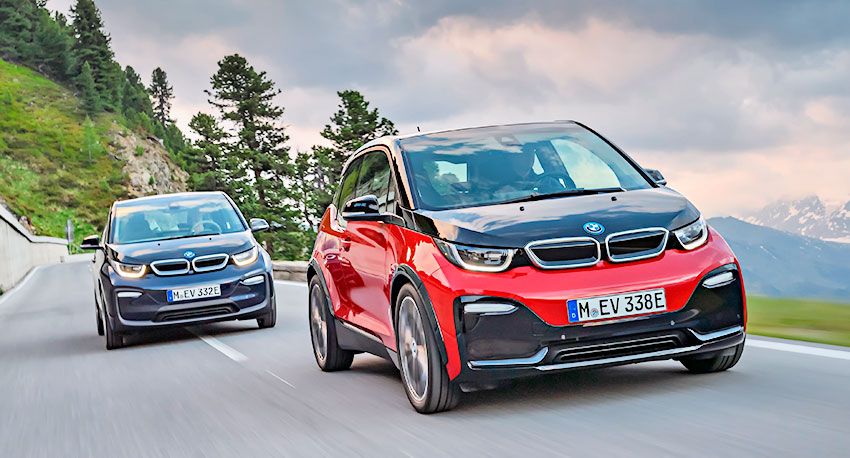
BMW i3 EV MkII
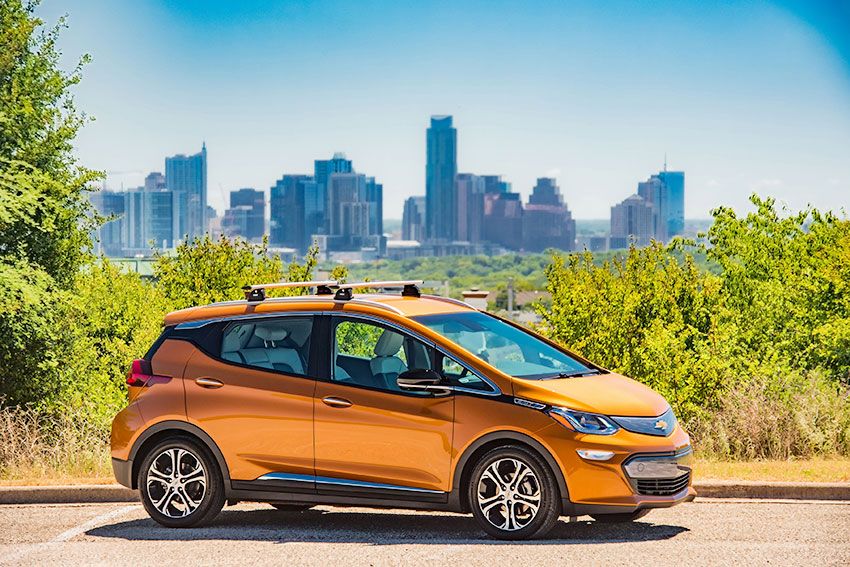
The Chevrolet Bolt MY2018

I Jaguar-Pace EV400 AWD HSE
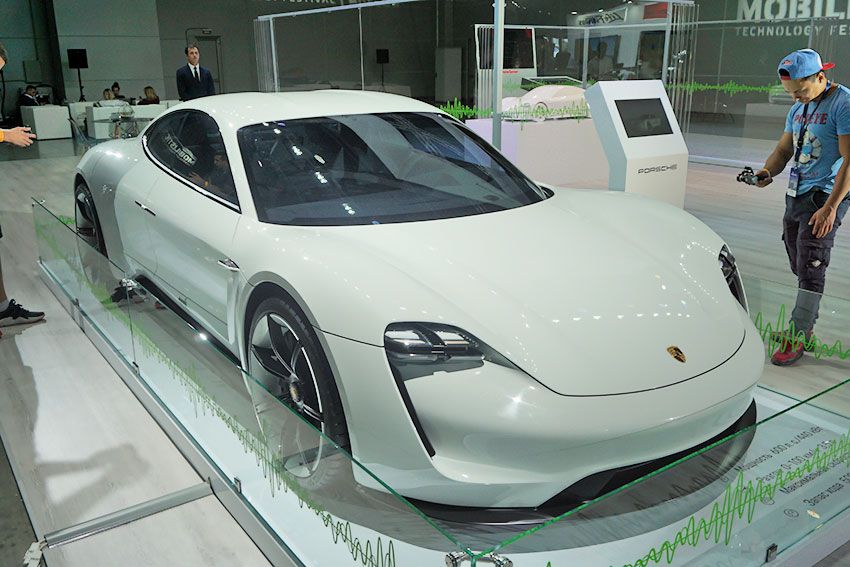
Porsche Mission E / Taycan
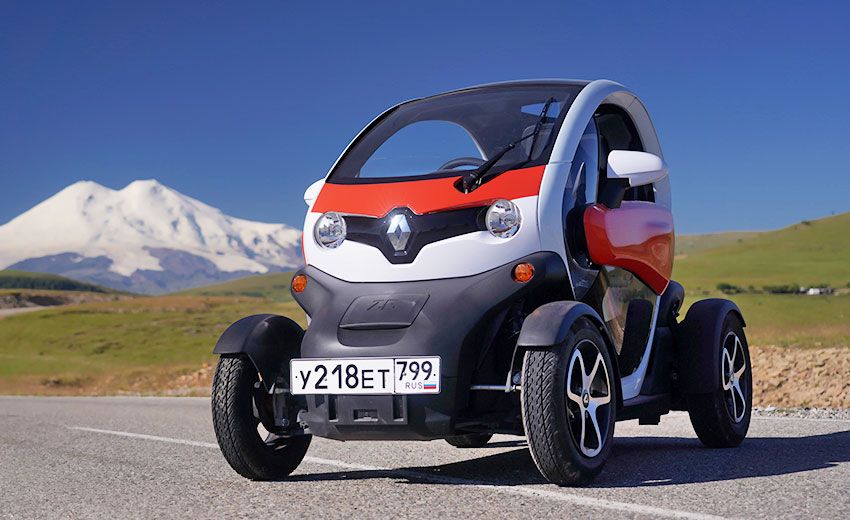
Renault Twizy Z. E.
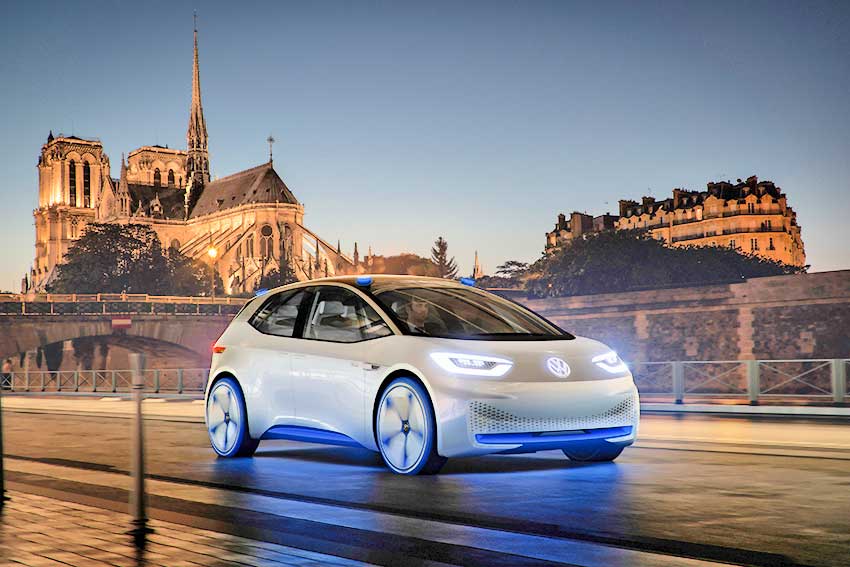
Volkswagen I. D. Neo
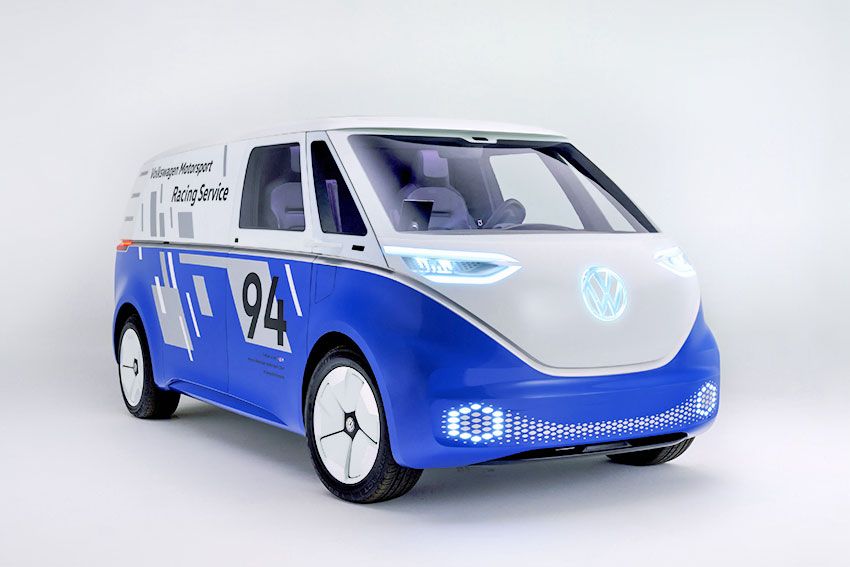
Volkswagen ID Buzz Cargo
This "universal" way, in principle, available for all major car manufacturers instead of building electric cars based on existing global platforms, they can develop an original platform specifically for their EVS. Although this approach requires a huge investment since the new platform is very expensive to design and certification, but it allows you to optimize the design of electric vehicle from the viewpoint of its configuration, security, appearance, and controllability. Thus, BMW became one of the first innovators with the model of the i3 EV, and appears to be redoubling its efforts in this way in connection with preparing the serial version of the concept iNext, rumored to be called the i5. However, the uniqueness of the electric i3 as well as the new Jaguar I-Pace launched onto the market in 2018, has still not moved into the huge sale: i3 so never reached the stated volume of 25 thousand cars a year in Europe, but still fell much below 10 thousand in the US market, while I-Pace started too slow. It seems that these models were rejected by many customers due to their sophisticated positioning and innovative design style. In turn, Porsche expects that in 2019 will be able to achieve greater success with the model Taycan, but the true test of this approach will come when he will Volkswagen release the original family of electric vehicles under a separate sub-brand. In fact, Volkswagen is so confident of the correctness of this approach, it's been announced hatchback I. D. (rumored to be called Neo) for its third "breakthrough" model after legendarnyh models 1200 (Beetle) and Golf. This game is the right word, strong.4. A unique brand exclusively for electric cars, own platform and design
Examples:
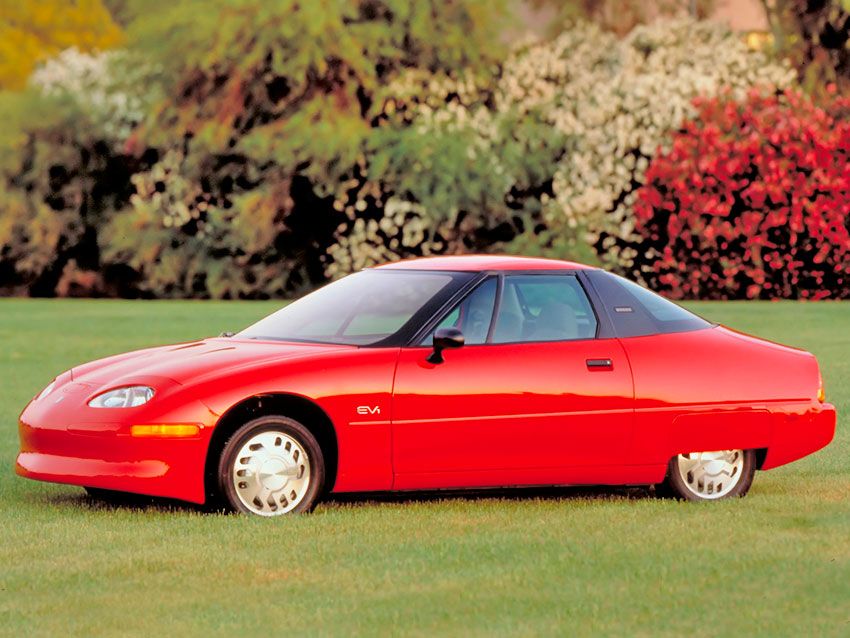
GM EV1 (1996-1999)
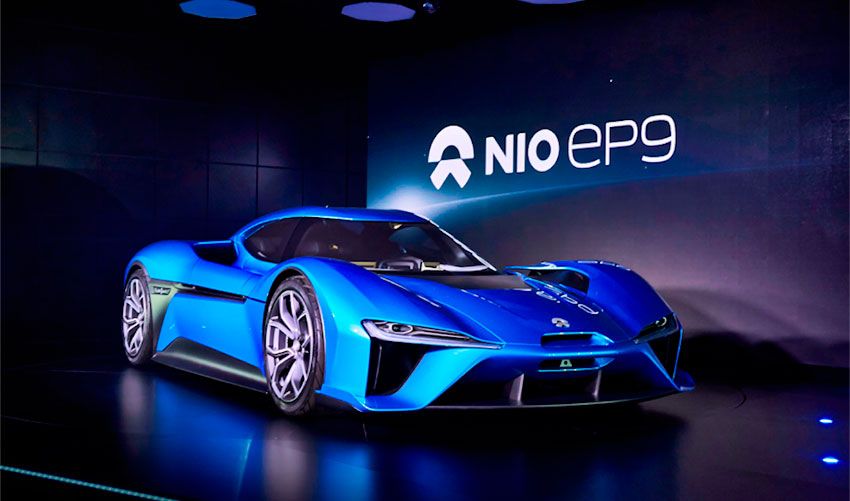
Nio EP9
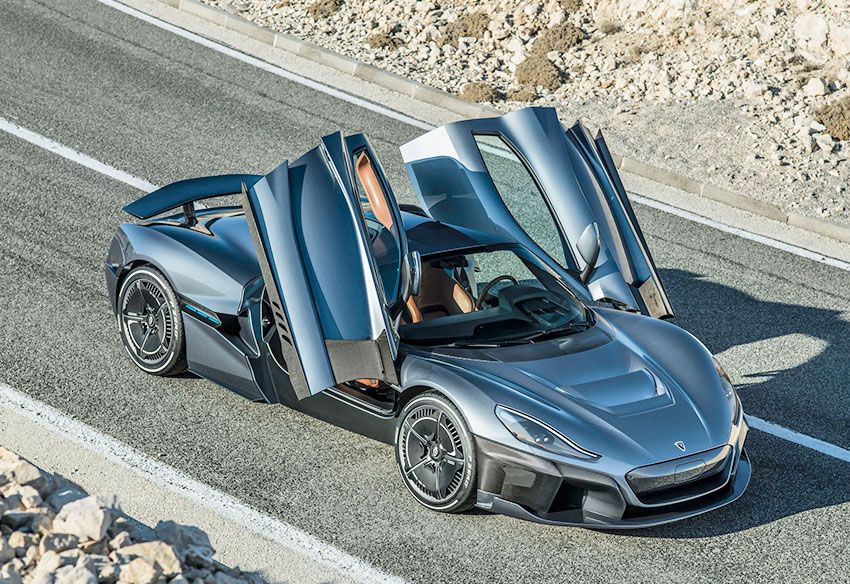
Rimac With Two

Rivian R1S
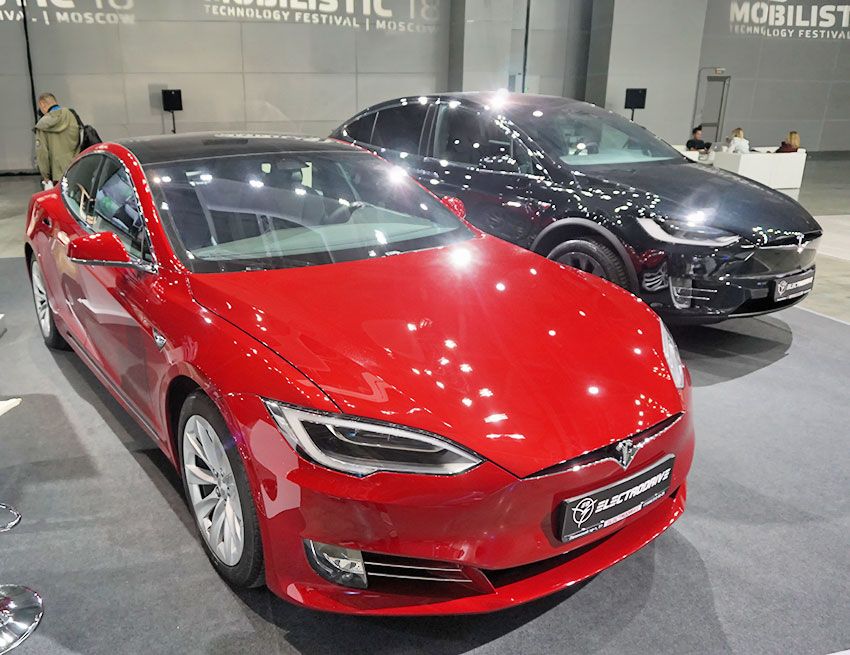
Tesla Model S and Tesla Model X
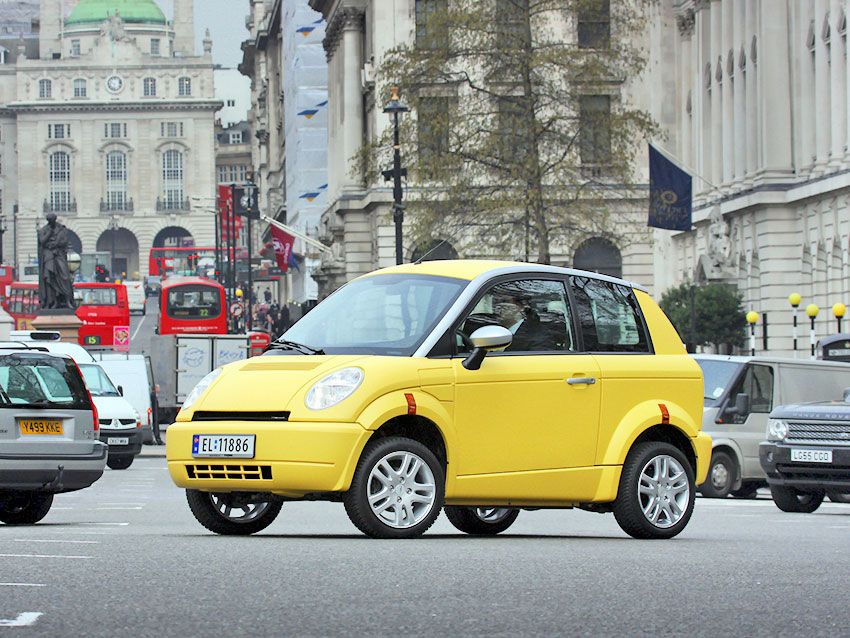
Ford Th!nk City (2008-2011)
Well the fourth way, through which automakers can offer their customers the electric vehicle is the creation of a separate brand specializing in the electric cars on unique platforms. We can safely say that this is what appeared on the market the first modern electric car, the aptly named GM EV1 – it was quite a unique product which, according to General Motors, was sold directly under the brand name of GM, by the way, for the first time in the history of the concern (would be better if GM would launch this project under the brand of Saturn (but still preserving its unique to the US labor relations), you see, and this once promising brand would be intact, and the GM on the electric car market would not be in the role of pursuer appeared out of nowhere Tesla). Needless to remember that the experiment with the EV1 failed (total sales made up only 1117 units). The second attempt of the electric vehicle in the form of a startup Tesla, it's been better. Since its humble beginnings as a manufacturer of double models Roadster (based on body srednekamennogo Roadster brand Lotus) clearly overpriced, this approach has given the world since confident redraw segments of the market Model S, Model X and, especially, Model 3 is perhaps the most successful and the most important BEV today. So, its annual sales volume in the third quarter of 2018 has exceeded 200 million (but the Nissan LEAF in two generations from 2010 to 2018 dispersed around the world sold only 380 thousand). Hoping to follow in the footsteps of Tesla has spawned many startups, including a few more serious as, for example, Rivian, Dyson and Nio, and less successful (Faraday Future), as well as a Skunkworks project (Rimac) and etc. the Main question for today is – can the way to market electric cars under a completely new brand to be a good strategy for an existing brand of car. So far, only Volvo is trying to go this route with their offshoot of the Polestar, though in this case the platform for the Polestar model 1 very clearly prosmatrivaetsya original Volvo S90. And although the possibility of start with a clean slate, which gives a new brand, and can have benefits, but the costs of marketing and creating new dealer network for sales and service may outweigh these benefits.Result:
Of all four examined ways the last two probably today the most promising, albeit to different degrees for various players in the market. If you have proven yourself as a reliable automaker, then you are probably best to develop an original model of electric vehicle based on the unique platforms and offer them with one of your promoted brands, which gives advantages in the field of construction, safety, design and driving qualities. In addition, the use of already existing (but initially adapted to the installation of electric – ed.) platform allows you to take advantage of already developed brand marketing and to avoid double costs for the construction of dealer and service networks. If you want to enter the automotive industry from the outside (i.e. on the new guy – ed.) it is likely that the only path available to you is the creation of a new electric car on the original platform and a new brand that may not be considered optimal among established automakers.
PS problems of the development of the future market of electric cars was discussed by analysts of the industry more than three decades ago – in the 1980s, when oil soared in price, and of all possible types of batteries for electric vehicles was really only available lead-acid and Nickel-iron. But, even when high-volume electric cars were as much a fiction as the current lithium-ion batteries and future directions of the reorganization of the global automobile industry mentioned the same, including the emergence of startapov, as well as the wide attraction of new electric vehicles such powerful competitors as electrical and chemical companies. Actually, today we these processes are already seeing firsthand. And, if the fate of the companies of the Volkswagen Group, Ford Motor, Daimler AG, GM, FCA, PSA-Opel and Renault-Nissan-Mitsubishi, not to mention smaller producers can still make some sharp turns, the survival of electrotechnical companies Robert Bosch and General Electric to doubt there is no reason – in any case in the future among OEMs of electric vehicles filling them one way or another will be made by these companies (plus several Asian tigers).
.
|
|
|
Element was not found.








